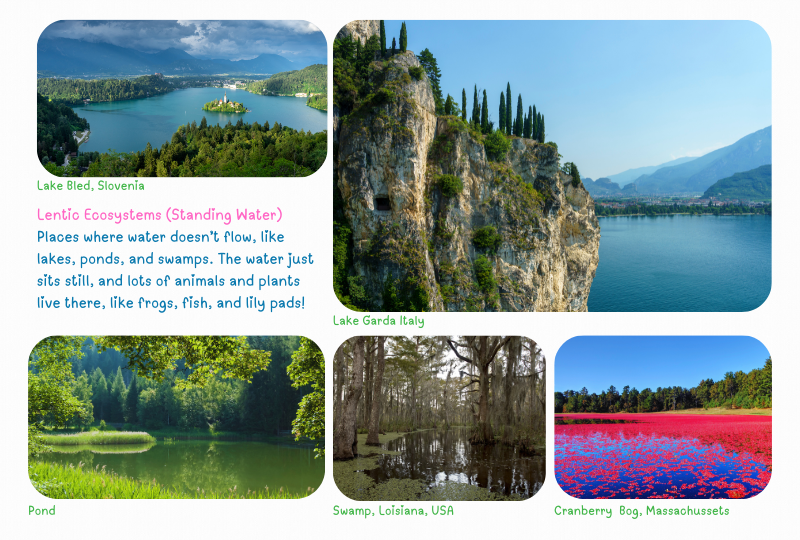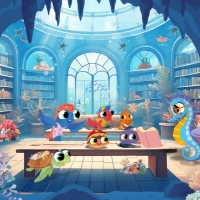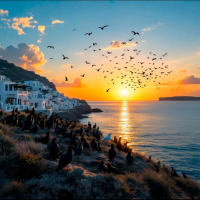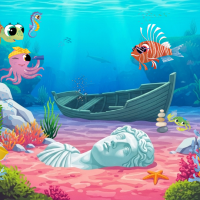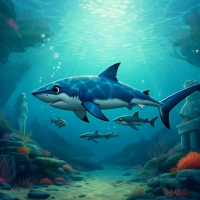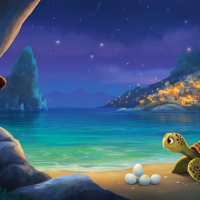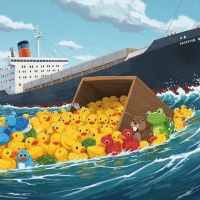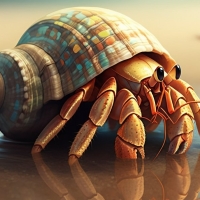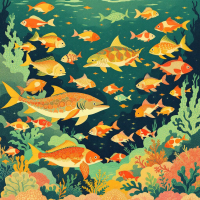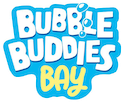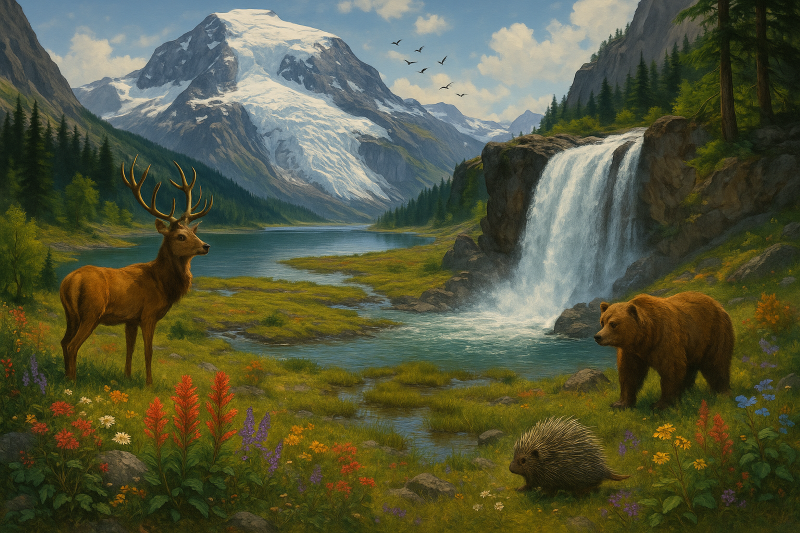
Not All Water is Salty!
- Sophia's Blog
- Hits: 228
Hi there! As you know, I’m a seahorse, I live in the salty sea, but I know freshwater is just as precious! Rivers, lakes, and wetlands need care too, just like coral reefs! Because they are important for animals and people who live on land.
You know that most of our planet is covered by water. A whopping 71% of Earth's surface is ocean! It's a huge, watery world, full of amazing creatures and plants.
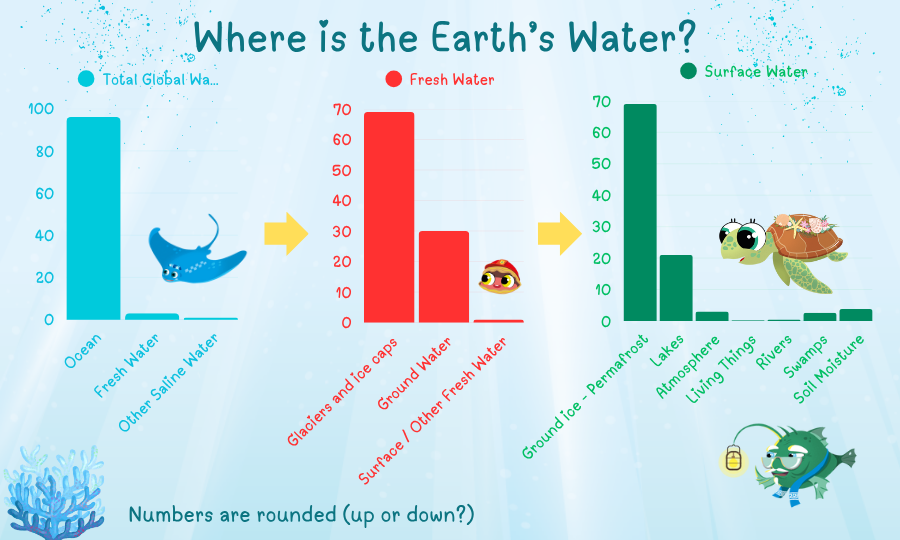
But even though there's so much water, most of it is salty and not good for drinking or farming. There is only a tiny amount of fresh water that you can use. And most of that is frozen in ice or stuck underground. That means we have to take good care of the clean water we’ve got! Even though I’ve never been to a lake or river, I’ve heard they’re full of life, just like the sea! Fish, frogs, birds, plants, insects: so many amazing creatures call freshwater home.
Let’s explore the different types of freshwater places:
Still Waters (Lentic Ecosystems)
These are places where the water doesn’t move much.
- Lakes: Big and deep! Lakes are home to lots of animals, from tiny bugs to big fish.
- Ponds: Smaller and shallower than lakes. They often have lots of plants growing in and around them.
- Swamps: Wetlands with trees and muddy water. Many creatures love to live and hide here! They are also classified as Wetlands (see below!)
- Bogs: Bogs are squishy and a bit sour, kind of like nature’s spongy lemonade ground! They have cool plants like mosses and even meat-eating plants!
Moving Waters (Lotic Ecosystems)
These are waters that flow, like rivers!
- Rivers: Big moving water that flows from high places down to the sea or a lake.
- Streams: Smaller than rivers, but still flowing fast.
- Creeks: Even smaller! Creeks often connect to streams or rivers.
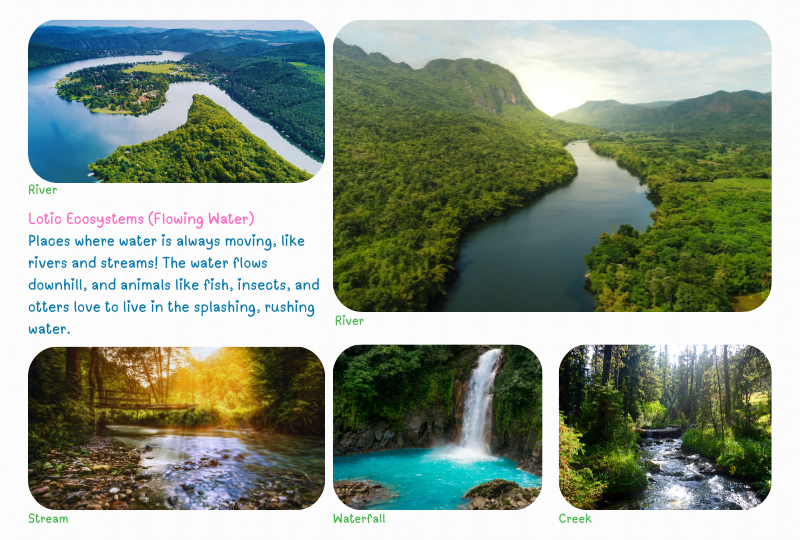
Half Water, Half Land! (Wetlands)
Wetlands are super special. They’re places where land and water mix.
- Swamps: Like marshes, but with trees. I already mentioned them above!
- Marshes: Wetlands with tall grasses and no trees. Birds and frogs love it here.
-
Peatlands and Floodplains: Other kinds of wetlands where water stays for part of the year.
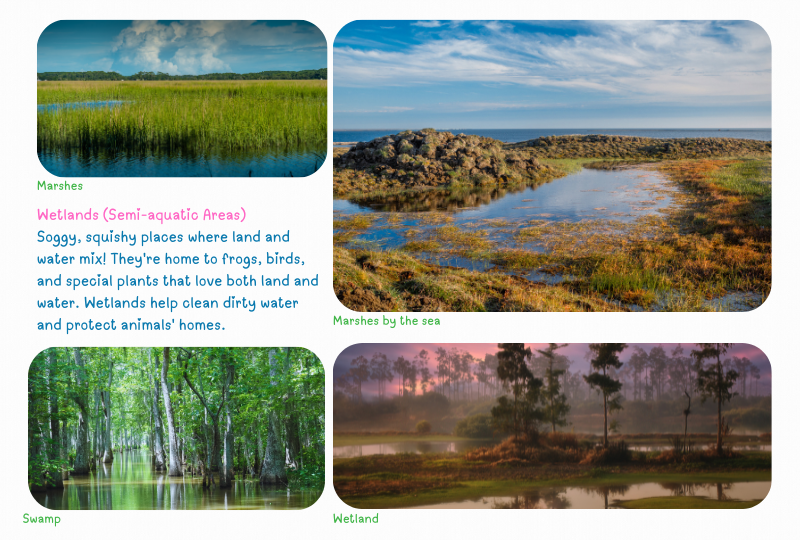 Frozen Freshwater Giants (Glaciers)
Frozen Freshwater Giants (Glaciers)
Glaciers are giant rivers of ice, slowly moving and full of frozen freshwater! They melt slowly and help rivers and lakes stay full. Some glaciers are so big, they can take thousands of years to form or melt!
- Glaciers store most of the world’s freshwater. Many animals, and even people, depend on this water.
-
Glaciers form high up in mountains or near the poles, where it’s freezing. Snow builds up over time and gets packed down into ice.
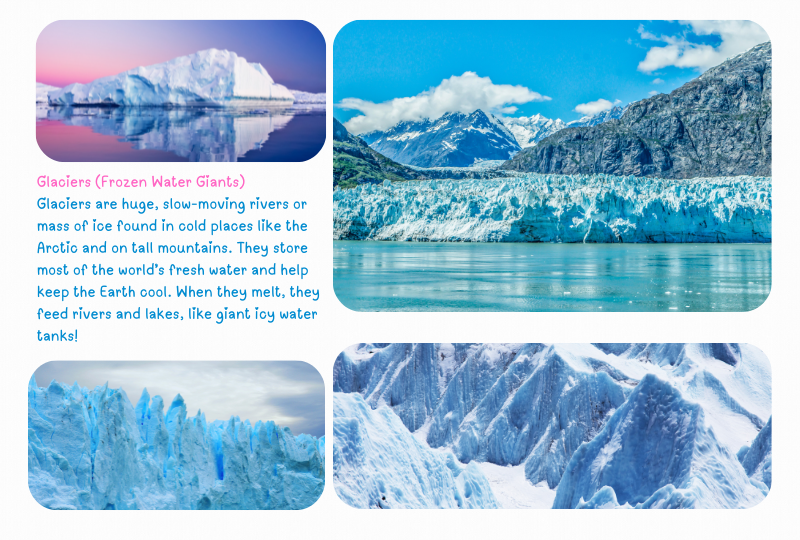
So What Makes Freshwater Special?
- It’s Not Salty! Freshwater has only a tiny bit of salt, way less than the ocean!
- It’s Full of Life! Frogs, fish, birds, bugs, turtles; freshwater is a wild and wonderful place.
-
It Helps You Too! You drink freshwater, grow food with it, and it keeps nature healthy.
The Secret World Beneath Our Feet and the Ocean! (Hidden Water)
There is a huge amount of freshwater hiding underground, and even under the ocean floor? This “invisible water” is super important, even though we can’t see it!
Underground Freshwater on Land:Under the ground, there are giant, squishy sponge-layers called aquifers. They hold water that we can use when it doesn’t rain!
- Where is it? Groundwater lives in spaces between rocks and sand deep underground. About 30% of all the liquid freshwater on Earth is stored underground!
-
Why is it important? This hidden water feeds rivers and lakes, and billions of people around the world use it for drinking, farming, and industry.
Freshwater Under the Ocean Floor: There’s even freshwater hidden under the sea! Scientists have found big pockets of freshwater trapped beneath the ocean floor, especially near the edges of continents.
- How did it get there? Long ago, when sea levels were lower, rainwater soaked into the ground. Later, when the ocean rose again, that freshwater stayed trapped under layers of sand and rock
- Where can we find it? One amazing discovery is a giant freshwater reservoir under the ocean near Hawaii!
-
Why it matters: These underwater reserves could help provide drinking water for coastal cities in the future.
Why Saving Water is Important
Freshwater is used to grow food, stay clean, and keep healthy. But many places in the world don’t have enough clean water.
- Over 2 billion people don’t have safe water to drink.
- More than 3 billion don’t have clean toilets or sinks.
- Water is getting harder to find in some countries.
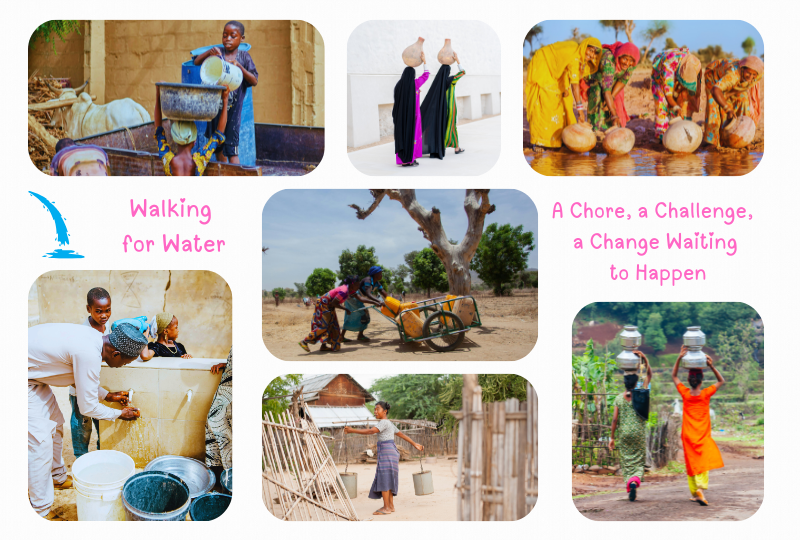
If we don’t act now, it could mean:
- Not enough water for people, plants and crops
- Animals losing their homes
- More people getting sick
- Even arguments between countries over water
Even though I live in the sea, I know that freshwater is precious. Just like coral reefs need care, so do rivers, lakes, and wetlands.
But here’s the good news: You can help, starting now! As a child, you may not be able to do everything, because a lot depends on how grown-ups behave. But there are some things you can do and if you can’t do them yourself, you can talk to your parents and teachers.
For you!
Even small actions can make a big difference when everyone joins in. So go ahead, be a Water Saver, a Water Teacher, a Water Artist, a Water Hero. The ocean - and your future self - will thank you.
- Turn off the tap when brushing your teeth or scrubbing your hands. That’s lots of water saved!
- Take quicker showers. Can you beat your best shower time?
- Use leftover water from rinsing fruits or veggies to help thirsty plants.
- Try collecting rainwater in a bucket to water the garden because plants love rain!
- If your school has a garden, suggest using recycled or rainwater to water it!
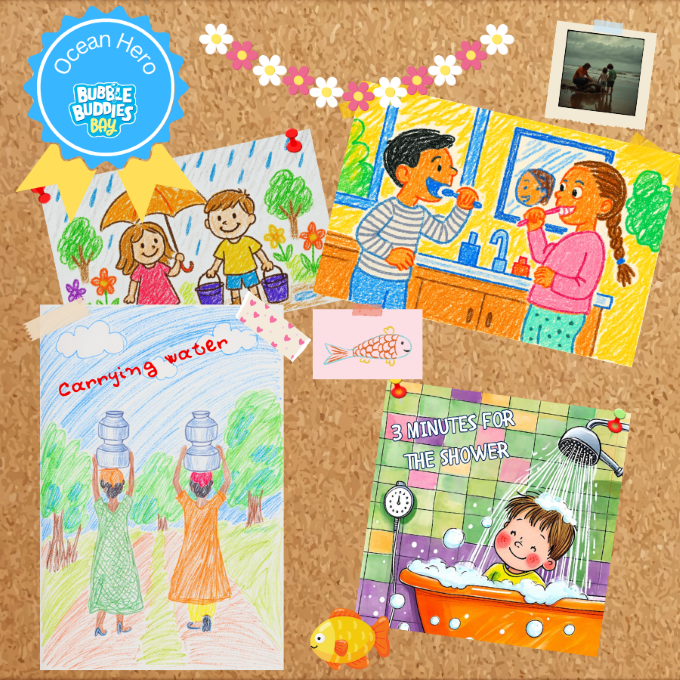
For Grown-Ups
- Only run the dishwasher and washing machine when they’re full. That way, no water gets wasted on half-loads.
- Fix leaks, even little drips add up. (Tell an adult if you hear a drip-drip-drip!)
- Learn about low-flow taps and showers that use less water.
- Water plants early in the morning or late in the day, so the water doesn’t just evaporate.
- Plant native or drought-tolerant plants that don’t need much water.
- Support eco-friendly brands.
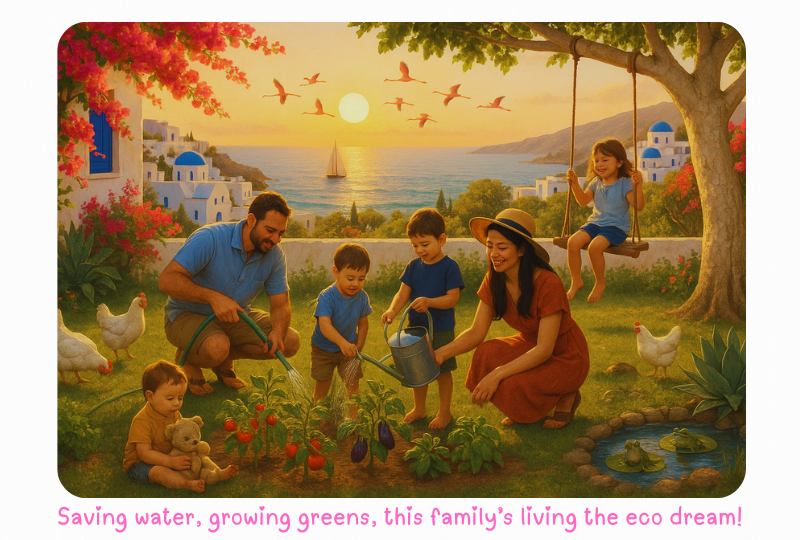
Spread the Word!
The more people who know how to save water, the better!
- Talk to your class about water conservation.
- Make posters for your school.
- Share water-saving tips with your family.
- Be the Water Hero your community needs!
Some fun ideas for you. I hope you enjoy them.
❄️ Water Conservation Pledge: Make a pledge to save water. Write it down and decorate it. Hang it somewhere proudly!
❄️ Water Drop Art: Paint a picture of water droplets. Add raindrops, snowflakes, or a big ocean wave.
❄️ Water Scavenger Hunt: Go on a water scavenger hunt around your house or neighbourhood. Look for water in different forms, such as in a glass, a puddle, or on a plant.
❄️ Your Water World: Draw your own land with all the types of water habitats you have seen.
Together, we can make waves for a better ocean.
Sophia the Seahorse

